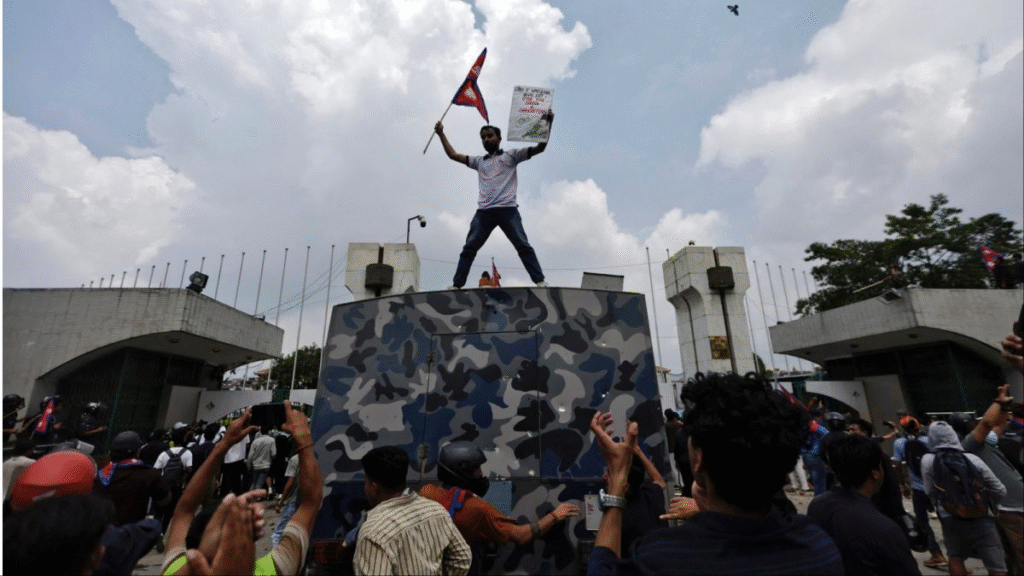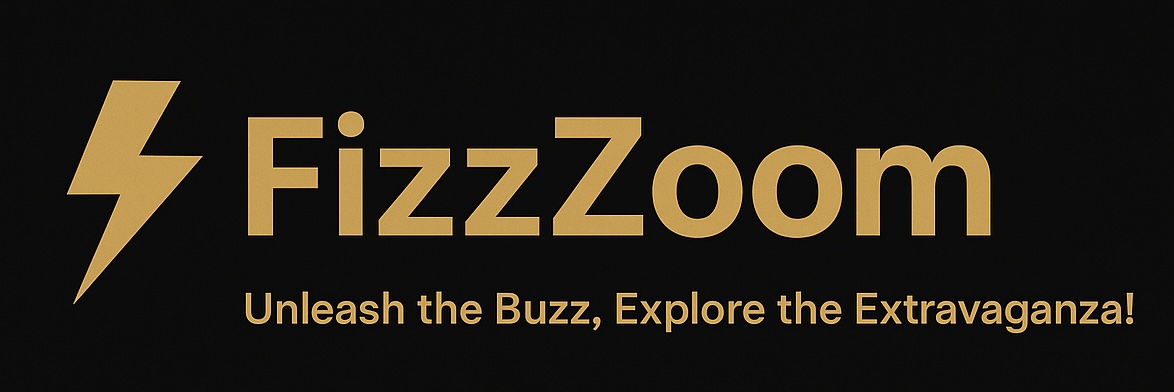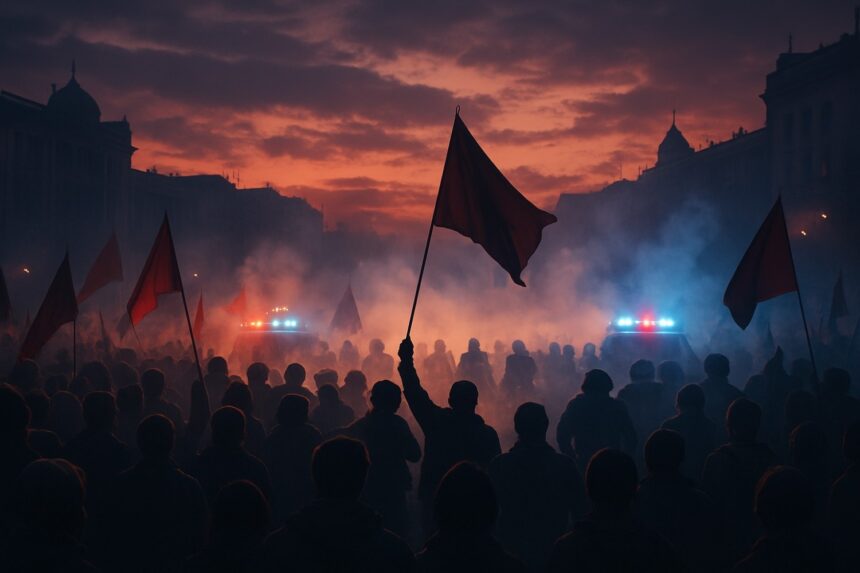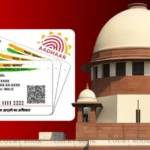Nepal’s capital, Kathmandu, witnessed unprecedented violence as protests erupted in response to the government’s ban on 26 popular social media platforms, including Facebook, Instagram, and YouTube. The demonstrations, largely led by Gen Z youths, escalated into clashes with police on September 8, resulting in six deaths and dozens of injuries in the chaotic confrontation outside the Parliament building.
Protesters, waving national flags and chanting slogans such as “Stop the ban on social media, stop corruption not social media,” forcibly breached barricades and surrounded the Parliament compound. The police attempted to control the crowd using tear gas, water cannons, and rubber bullets but were overwhelmed and retreated inside the Parliament, prompting authorities to deploy the Nepal Army.

A curfew was imposed in key areas of Kathmandu, including around government offices, the presidential residence, and Singha Durbar, to restore order and prevent further unrest. Local hospitals reported an influx of injured individuals, with emergency wards stretched to capacity.
The government justified the ban, citing failure of social media companies to comply with registration rules under new legislation demanding oversight and accountability, which critics argue is a veiled attempt at censorship and political control. Protest leaders emphasize that the ban was the catalyst but not the sole grievance, with widespread frustration against systemic corruption fueling the anger.

“Youth protests represent a demand for transparency, freedom of expression, and an end to authoritarian practices,” stated a student protester. The unrest in Nepal highlights the power of social media among younger generations and the growing tensions between digital freedom and government regulation in the region.
As Kathmandu faces a fragile situation with heavy security presence, the coming days will be crucial for dialogue between the government and protesters to address demands and restore peace.







